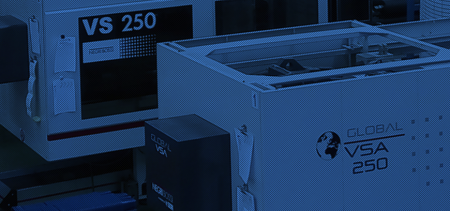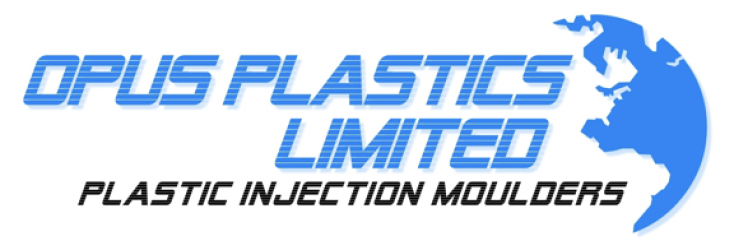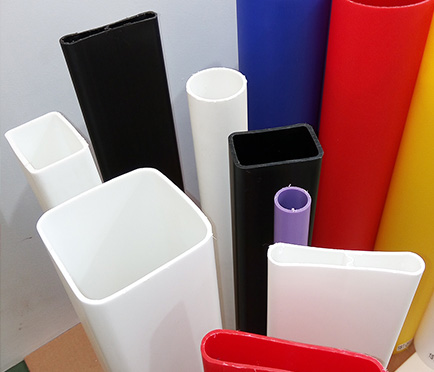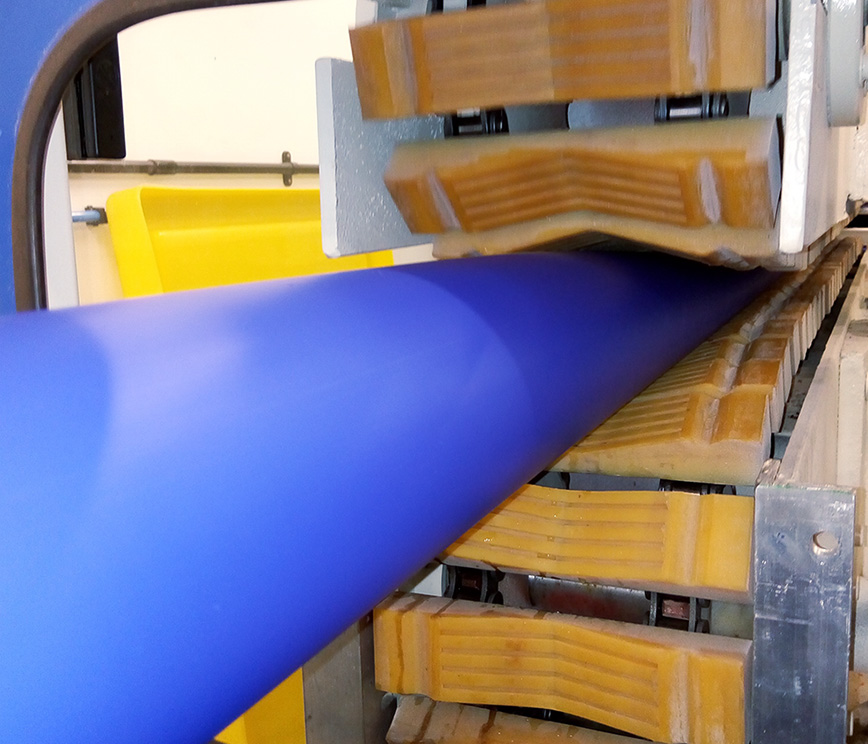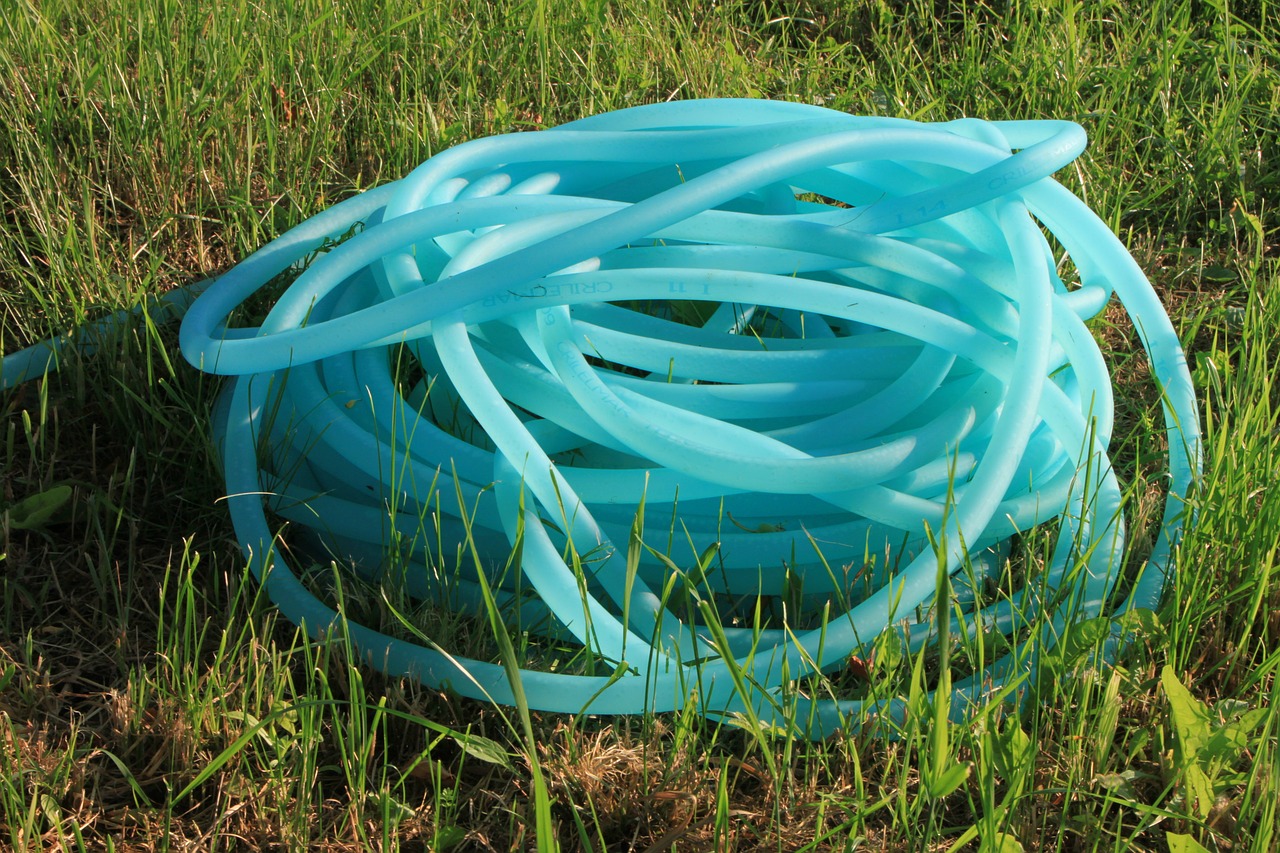Plastic extrusion offers a versatile process that can be tailored to suit a range of applications across many sectors. Depending on the specific requirements for a project, plastic tubes or profiles can be created to be either rigid or flexible. In this article, we take a look at the different types of plastic extrusion processes and what these options can offer you or your business!
Rigid Plastic Extrusions
Rigid plastic extrusions offer a wide range of uses. They are particularly useful in forming home fixtures such as plastic parts for windows, doors, conservatories and showers. It is also becoming common for rigid plastic extrusions to replace metals in a variety of industries, for example as components in parts of a car, or for tubes, pipes and brackets in a construction project.
To create rigid plastic extrusions, plastic granules are fed through the hopper and down into the screw, where they are melted and forced through a die. The die will hold a cross-section of the desired profile and as the plastic is pushed through it will take this shape. The resulting tube or profile will then be cooled in water before it is cut to the specific lengths required.
A number of different polymers can be used to create rigid plastic extrusions; however, PVC is the most commonly used. Not only is it low cost, but it also offers great versatility and the option to recycle it when no longer required. PVC has great resistance to chemicals and corrosion and can also be glued or welded fairly easily, making it suitable for use both inside and outside. It is also able to be used with electricity, water or other liquids.
Flexible Plastic Extrusions
Flexible plastic extrusions are commonly used as tubing, insulation or sealing and can fit a wide variety of uses. Flexible plastic extrusions can be created to act as seals on boats as well as for domestic uses such as door and window seals. Tubing made from flexible plastic extrusions can be used for a number of purposes, including medical devices.
To create flexible plastic extrusions, the plastic granules are drawn from the hopper through to the screw, where they are melted and forced through a cross-section on the die to create the required extrusion profile. When the profile is cooled, it will be coiled as tubing or packaged to be used in the intended manner.
Depending on the exact polymers and processes used to create a flexible plastic extrusion, these products can be created with varying levels of softness or flexibility, as well as a wide range of colours to suit the intended use. Flexible extrusions can also be created in varying grades, meaning that some types will be suitable for use with food products or chemicals, for example. Again, PVC is a commonly used material for such extrusions as it is resilient and offers resistance to chemicals, corrosives, heat and impact, making it a great choice for tubing or insulation.
If you think that our plastic extrusion services could help your business, then please do not hesitate to get in touch to find out more from our expert team!
